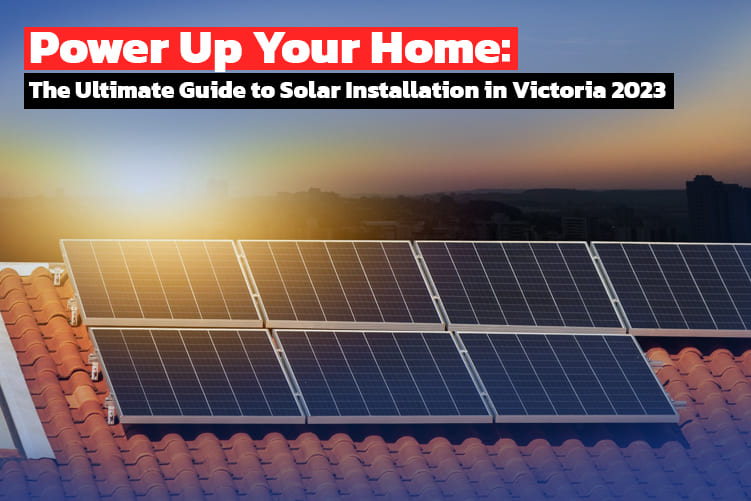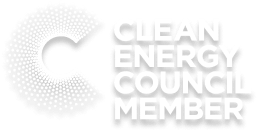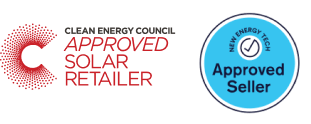Are you tired of the rising energy costs and the harmful environmental impact of traditional electricity? Look no further! Welcome to the ultimate guide to solar installation in Victoria 2023, where we will show you how to power up your home with the sun’s abundant energy. Solar energy is not only a sustainable and eco-friendly alternative to traditional electricity, but it can also save you thousands of dollars in the long run. In this comprehensive guide, we will walk you through everything you need to know about solar installation in Victoria, from understanding the benefits of solar power to choosing the right system for your home. Whether you are a homeowner looking to reduce your carbon footprint or simply wanting to cut down on your electricity bills, this guide has got you covered.
Understanding solar installation in Victoria
Solar power is a renewable source of energy that harnesses the sun’s rays to generate electricity. It is a clean and sustainable alternative to fossil fuels, which are responsible for greenhouse gas emissions and climate change. In Victoria, solar installation has become increasingly popular due to its numerous benefits. Installing solar panels on your roof allows you to generate your own electricity, reducing your reliance on the grid and lowering your energy bills. Additionally, excess energy produced by your solar system can be fed back into the grid, earning you credits on your electricity bill.
When it comes to solar installation in Victoria, it’s important to understand the different components of a solar power system. The three main components are the solar panels, the inverter, and the mounting system. Solar panels are made up of photovoltaic cells that convert sunlight into electricity. The inverter then converts the direct current (DC) generated by the panels into alternating current (AC) that can be used to power your home. The mounting system securely holds the panels in place on your roof, ensuring optimal sunlight exposure.
Evaluating your home’s suitability for solar installation
Before diving into solar installation, it’s crucial to determine if your home is suitable for solar panels. Factors such as the orientation and pitch of your roof, shading from trees or nearby buildings, and the available roof space will impact the efficiency of your solar system. Ideally, your roof should face south, east, or west to maximize sun exposure throughout the day. A roof pitch of 30 to 45 degrees is optimal for solar panels. Additionally, minimal shading is desirable.
To evaluate your home’s suitability for solar installation, you can speak to an experienced solar consultant from Solar Miner that calculates the solar potential of your roof based on satellite imagery. These tools take into account factors such as the size and angle of your roof, as well as the local climate data, to estimate the energy production of a solar system installed on your property. By assessing your home’s solar potential, you can determine if solar installation is a viable option for you.
Calculating your energy needs and potential savings
Understanding your energy needs is essential when it comes to sizing your solar system and estimating your potential savings. Start by examining your past electricity bills to determine your average monthly energy consumption. Consider factors such as seasonal variations and any planned changes in your household, such as additions or renovations, that may affect your energy usage. By analyzing your energy consumption patterns, you can get a better idea of the size of the solar system required to meet your needs.
To estimate your potential savings, you need to consider both the upfront costs of solar installation and the long-term financial benefits. The cost of solar panels has decreased significantly in recent years, making solar installation a more affordable option for homeowners. Additionally, government incentives and rebates can further reduce the upfront costs. When calculating your potential savings, take into account the energy production of your solar system, the current electricity rates, and any feed-in tariffs or credits you may receive for excess energy fed back into the grid. By comparing the upfront costs with the long-term savings, you can determine the payback period and the return on investment of your solar installation.
Choosing the right solar panels and equipment
Selecting the right solar panels and equipment is crucial to the overall performance and longevity of your solar system. There are various types of solar panels available, including monocrystalline, polycrystalline, and thin-film panels. Monocrystalline panels are known for their high efficiency and sleek appearance, while polycrystalline panels offer a more cost-effective option. Thin-film panels are lightweight and flexible, making them suitable for unconventional installations. Consider factors such as efficiency, durability, warranty, and aesthetics when choosing the type of solar panels that best suit your needs.
In addition to the panels, the inverter is another essential component of your solar system. There are three main types of inverters: string inverters, microinverters, and power optimizers. String inverters are the most common and cost-effective option, but they can be affected by shading or performance issues if one panel in the string is compromised. Microinverters and power optimizers, on the other hand, optimize the performance of each individual panel and are more suitable for installations with shading or complex roof configurations. Solar Miner can help customize a solar PV system for your property based on your requirements and budget. Get in touch with our experts at 1300285885.
The installation process: permits, inspections, and timelines
The installation process of a solar system involves several steps, including obtaining permits, conducting inspections, and adhering to specific timelines. Before starting the installation, you will need to obtain the necessary permits from the local authorities. These permits ensure that your solar system meets the building codes and regulations in Victoria. A reputed solar company like Solar Miner should be familiar with the permit requirements and handle the application process on your behalf.
Once the permits are in place, the installation process can begin. The Solar Miner team shall work with you to schedule the installation date and time. On the installation day, the installers will arrive at your property with the necessary equipment and materials. They will mount the solar panels on your roof, connect the panels to the inverter, and ensure that the system is properly grounded and wired. The installation process typically takes one to three days, depending on the size and complexity of the system.
After the installation is complete, the solar system will undergo inspections to ensure compliance with safety and performance standards. These inspections are conducted by the local authorities or a certified inspector appointed by the government. The inspections may include checks on the electrical wiring, grounding, and overall system performance. Once the system passes the inspections, you will receive a certificate of compliance, confirming that your solar system meets the required standards.
Maintaining and monitoring your solar system
Once your solar system is up and running, it’s important to regularly maintain and monitor its performance to ensure optimal efficiency and longevity. Most solar systems require minimal maintenance, but a few simple tasks can help maximize their performance. Regularly inspect the solar panels for any dirt, debris, or shading that may affect their efficiency. Clean the panels with water and a soft brush or use specialized solar panel cleaning tools. Additionally, trim any overhanging branches or vegetation that may cast shadows on the panels.
Monitoring your solar system allows you to track its energy production, identify any performance issues, and ensure that it is operating at its maximum potential. Many solar systems come with monitoring devices or online portals that provide real-time data on the energy production and performance of your system. By monitoring your system regularly, you can quickly detect any anomalies or malfunctions and take appropriate action.
Frequently asked questions about solar installation
1. How long do solar panels last?
Solar panels have an average lifespan of 25 to 30 years. However, their performance may degrade slightly over time. Solar Miner offers 25 years performance warranty on solar panels and 10 years of workmanship warranty on Solar PV System
2. Will solar panels work during cloudy days or in winter?
Solar panels can still generate electricity during cloudy days or in winter, although their energy production may be reduced compared to sunny days. The amount of sunlight and the angle of the panels play a role in determining their efficiency.
3. What happens if there is a power outage?
In most grid-tied solar systems, the solar panels will automatically shut down during a power outage for safety reasons. This is to prevent the electricity generated by the panels from being fed back into the grid, potentially endangering utility workers.
4. How much maintenance do solar panels require?
Solar panels require minimal maintenance. Regular inspection and cleaning of the panels to remove dirt or debris is recommended. Additionally, monitoring the system’s performance and addressing any issues promptly can help maintain its efficiency.
Take the leap towards sustainable energy with Solar Miner
Solar installation in Victoria offers homeowners the opportunity to power up their homes with clean, sustainable, and cost-effective energy. By understanding the benefits of solar power, evaluating your home’s suitability, calculating your energy needs, and choosing the right solar system, you can embark on a journey towards a more sustainable and environmentally friendly future. The installation process, financing options, and government incentives make solar installation accessible and affordable for homeowners. With proper maintenance and monitoring, your solar system can provide you with long-term savings and energy independence. So why wait? Take the leap towards sustainable energy with Solar Miner in Victoria and power up your home with the sun’s abundant energy!

